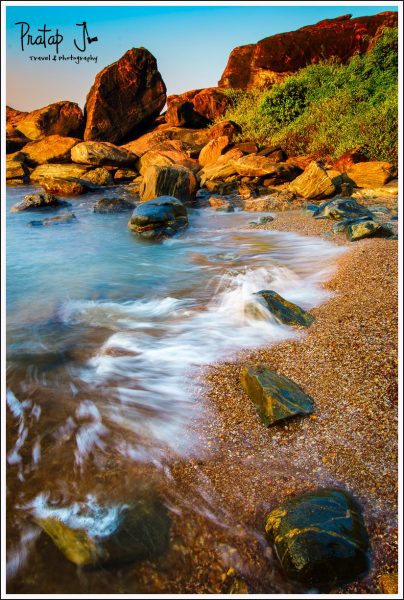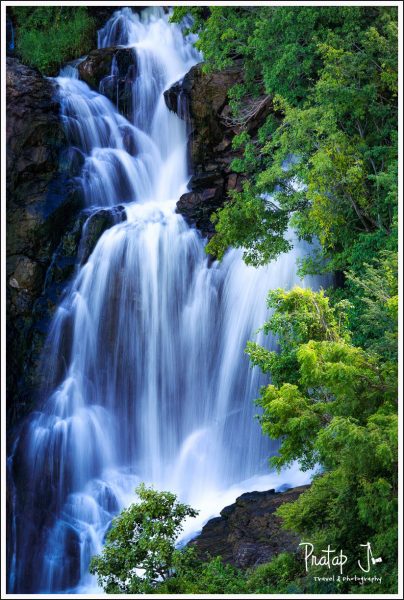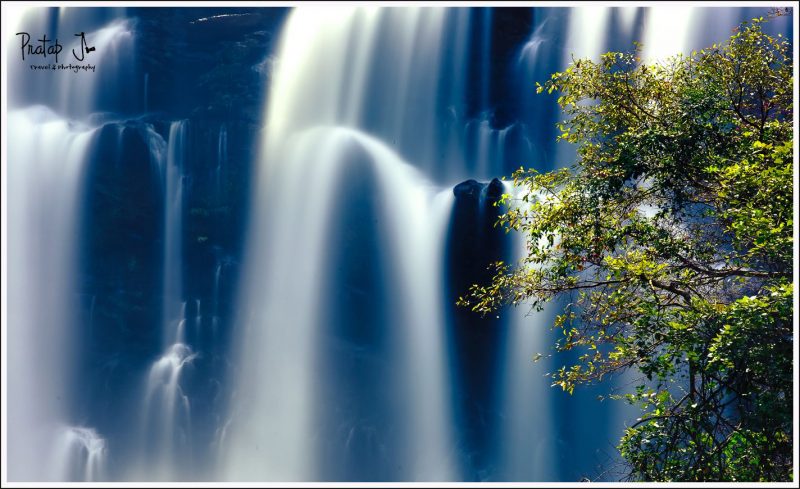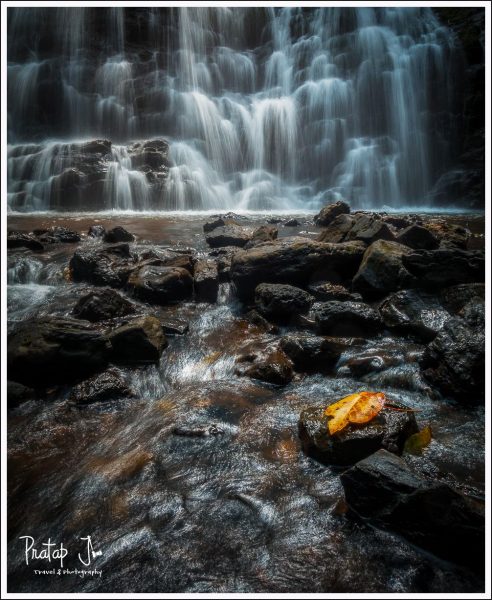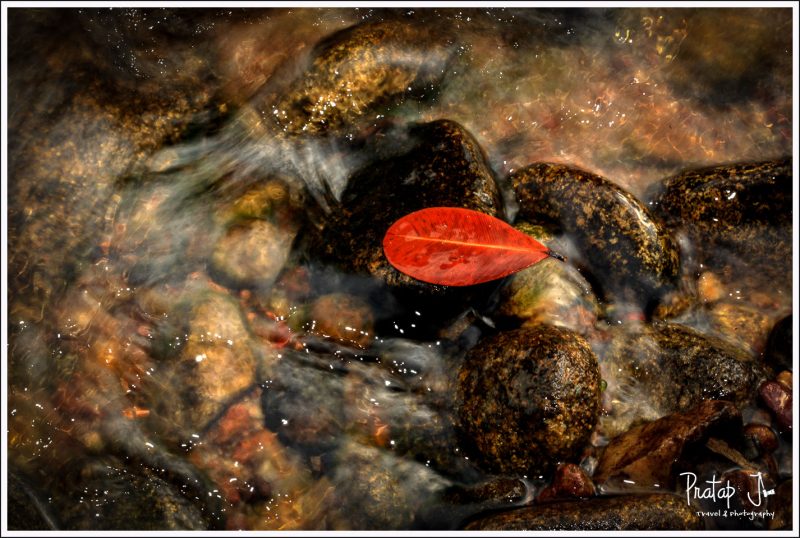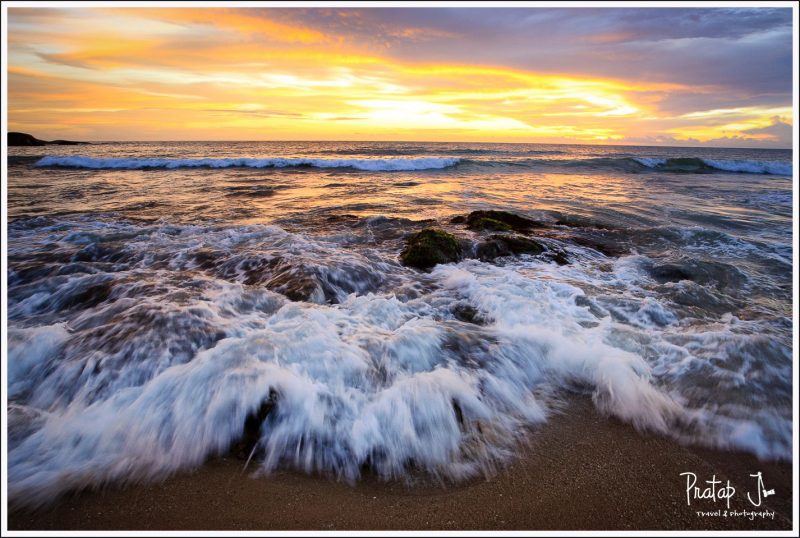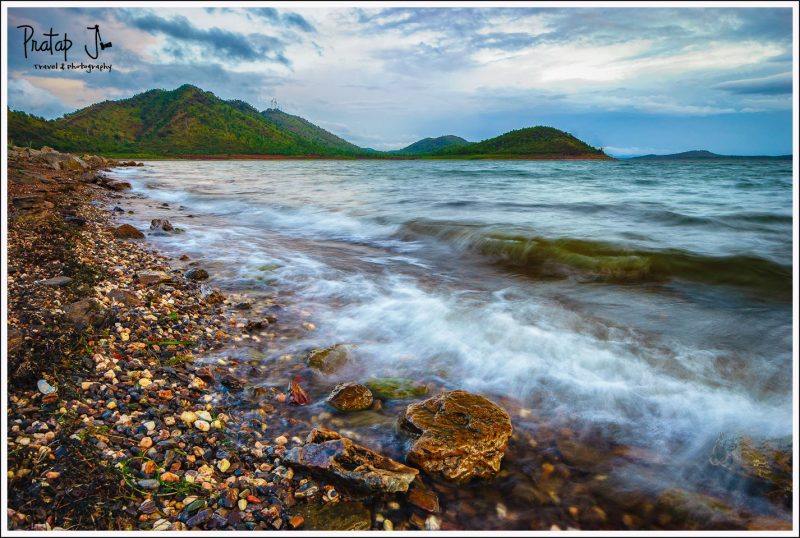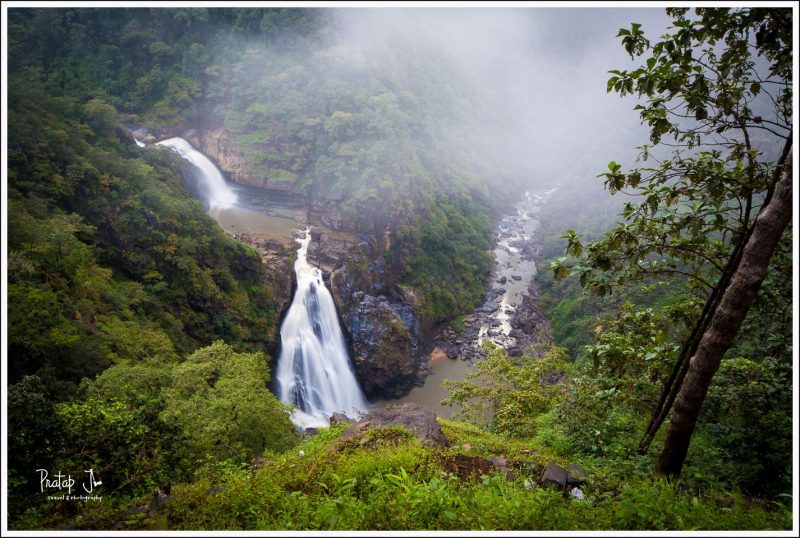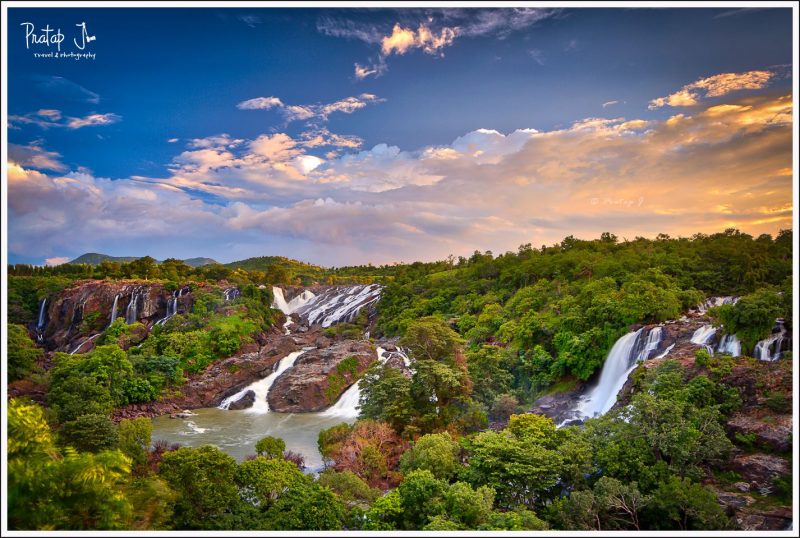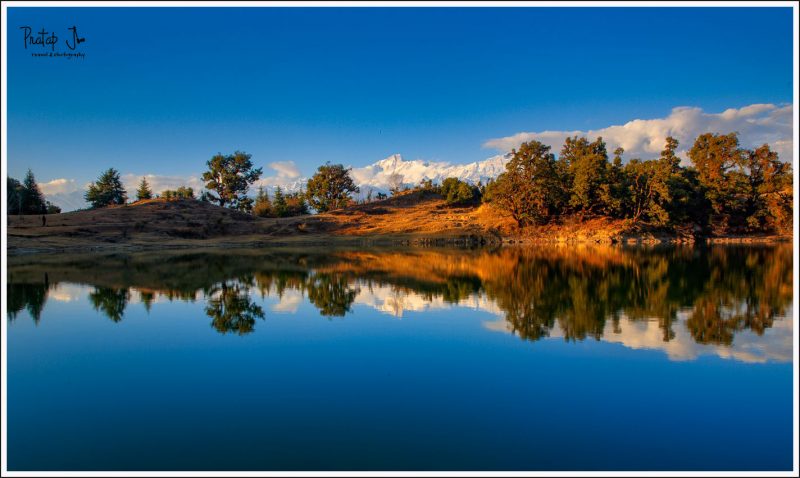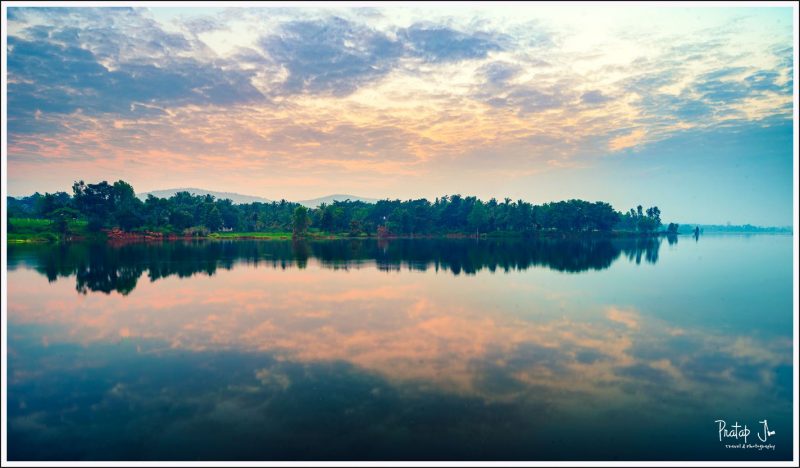Landscape photography mostly involves shooting static scenes. Mountains, fields, sunrises, sunsets, man made structures and most other elements that make up a landscape photograph are static. But when shooting flowing water, the monotony is broken. This makes capturing water both fun and challenging. How do you photograph water to show movement? Do you always need to show movement? Are there are unique compositions that you can make when shooting flowing water?
Make Water Appear Like Silk
When you capture flowing water with a slow shutter speed, something magical happens. The camera captures an effect unknown to the naked eye. Flowing water shot with a slow shutter speed turns silky smooth. This makes for both great monochrome and color photographs. If one can’t get a slow enough shutter speed during day time, a Neutral Density (ND) filter comes handy.
Turning water smooth is a common way of shooting a waterfall. Personally I like this technique. However, I also try to bring in variations. For example, I sometimes shoot close ups of the moving water and natural elements around it. The drawback of shooting closeups is that you never know how the end result is going to turn out. Moving water creates random patterns so there is definitely a lot of trial and error involved in this.
I also try and juxtapose a static subject with flowing water. It is easy to include rocks in the frame when shooting a waterfall. If you are lucky you may find other natural elements in the vicinity which you can make part of your composition.
Freeze Motion
One can always freeze flowing water with a high shutter speed. This technique works well when there is a large volume of flowing water, such as in a waterfall. A crashing wave also makes for a great frame when frozen.
It is technically easier to slow down your shutter speed even when it is very bright, as opposed to getting a fast shutter speed when the light is low. Using a high shutter speed permits you to shoot without a tripod. Again, due to the unpredicable nature of flowing water, you may need to shoot multiple frames to get a keeper.
Include the Surroundings
When shooting a waterfall, try and include the surroundings in your composition. Generally, getting close to a waterfall involves some amount of hiking. When this is not possible and your only option is to shoot from far away, resist the temptation of using a telephoto to get close-ups. Including the surroundings in the composition helps to show a sense of scale.
A waterfall is almost always seasonal and is at its best during monsoon. This is also the time of the year when the foliage is at its greenest. So there is definitely merit in including the surroundings when capturing a waterfall.
Make Water Still
When water becomes very still, it becomes reflective. This is a great way to create images that have mirrored subjects. Such photographs evoke a sense of calmness.
When the water is not very turbulent, it is easier to make it still. In this sense, it is easier to make a lake water still, instead of waves of the ocean.
Whatever technique you use to shoot flowing water, remember to avoid overexposure. Don’t shy away from experimenting with various lenses – telephoto, wide or macro. Ensure the safety of yourself and your equipment. Watch out for water spray that could penetrate your lens and camera. Also, remember to finish off the photo in the digital darkroom by using software such as Lightroom or Photoshop.

